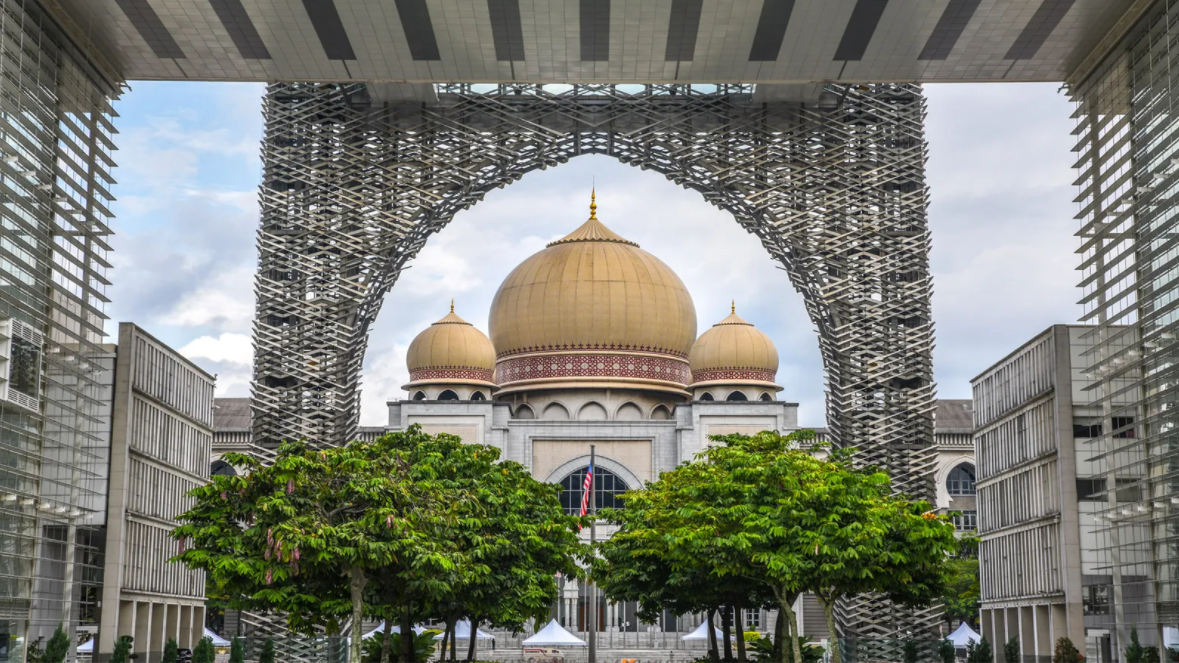
©Ronan O’Connell via BBC
Vocabulary:
I will read the words, meanings, and sample sentences. Then, repeat after me.
- traverse /truh-VURS/
- avant-garde /uh-vahnt-GAHRD/
- regalia /ri-GEYL-yuh/
- saving grace /SEY-ving greys/
- verdure /VUR-jer/
[verb] – to move or travel through an area
They found it difficult to traverse the areas by the hanging bridge.
[noun] – avant-garde ideas, styles, and methods are very original or modern in comparison to the period in which they happen
Tristan’s art is an avant-garde work that caught the attention of many.
[noun] – official and traditional special clothes and decorations, especially those worn or carried in formal ceremonies
You can see the Russian Imperial regalia in that museum.
[noun, idiom] – a redeeming quality or characteristic
The film’s breathtaking animation is its saving grace.
[noun] – (the green color of) fresh, healthy plants
From here, you can see the hills covered in verdure.
Article reading:
Please read the whole article. Then, I will check your pronunciation and intonation.
Kuala Lumpur is one of the world’s most visited cities and Malaysia’s historical city of Malacca. But its “other” capital seems to be hidden in plain sight. Let’s traverse Putrajaya, the unexplored capital of The Land of the Indigenous Malay.
Few Putrajaya tourists are richly rewarded with contemporary architecture imbued with traditional Islamic design downtown of the capital. Its lustrous skyscrapers are adorned by Arabesque patterns with geometral or floral ornaments. The Putrajaya Convention Center is an avant-garde inspired by the Pending Perak, the silver belt buckle found in the royal regalia of Malay Sultans. Putrajaya is intended to have 350,000 residents, but it remains a spacious metropolis with 120,000 locals. Its saving grace, however, is its verdure. 37% of Putrajaya’s land is dedicated to parks and open spaces. The Putrajaya Botanical Garden boasts more than 700 species of tropical plants and the Rimba Alam Park is home to a thriving urban tropical forest ecology filled with plants native to the surrounding jungles. The capital also has 10 communal gardens where residents can grow fruits and vegetables.
According to Putrajaya Corporation’s Communications Director Tengku Aina Ismail, the city aspires to be a significant eco-tourism destination. Once the coronavirus pandemic ends, the Malaysian government is counting on Putrajaya’s parks and cleanliness to attract more visitors. “It’s not a perfect city, it could always be better,” says Kuala Lumpur resident Ramakrishna. “But to make that city from nothing, just out of some old palm plantations, it’s pretty amazing. Hopefully, more tourists come and see what Malaysia managed to achieve there. It’s something special.”
Few Putrajaya tourists are richly rewarded with contemporary architecture imbued with traditional Islamic design downtown of the capital. Its lustrous skyscrapers are adorned by Arabesque patterns with geometral or floral ornaments. The Putrajaya Convention Center is an avant-garde inspired by the Pending Perak, the silver belt buckle found in the royal regalia of Malay Sultans. Putrajaya is intended to have 350,000 residents, but it remains a spacious metropolis with 120,000 locals. Its saving grace, however, is its verdure. 37% of Putrajaya’s land is dedicated to parks and open spaces. The Putrajaya Botanical Garden boasts more than 700 species of tropical plants and the Rimba Alam Park is home to a thriving urban tropical forest ecology filled with plants native to the surrounding jungles. The capital also has 10 communal gardens where residents can grow fruits and vegetables.
According to Putrajaya Corporation’s Communications Director Tengku Aina Ismail, the city aspires to be a significant eco-tourism destination. Once the coronavirus pandemic ends, the Malaysian government is counting on Putrajaya’s parks and cleanliness to attract more visitors. “It’s not a perfect city, it could always be better,” says Kuala Lumpur resident Ramakrishna. “But to make that city from nothing, just out of some old palm plantations, it’s pretty amazing. Hopefully, more tourists come and see what Malaysia managed to achieve there. It’s something special.”
Discussion Questions:
I will read each question. Then, please answer them.
- Have you been to an “unexplored” city or area before? Please tell me more about it.
- What is the “greenest” city in your country? Please describe it.
- If you were to visit Putrajaya, which place mentioned in the article would you tour and why?
- Having read about Putrajaya, what is your first impression of it?
- What steps must Putrajaya’s local government do to promote the city to tourists?
Summarization
Please summarize the whole article using your own words and expressions. You will have one minute to prepare before you answer.
Describe:
Please explain the definition of each word listed below based on your understanding. You can provide example sentences if needed.
- skyscraper
- ornament
- metropolis
- communal
- aspire